 Jeff Zurschmeide
.
November 04, 2019
.
Features
Jeff Zurschmeide
.
November 04, 2019
.
Features
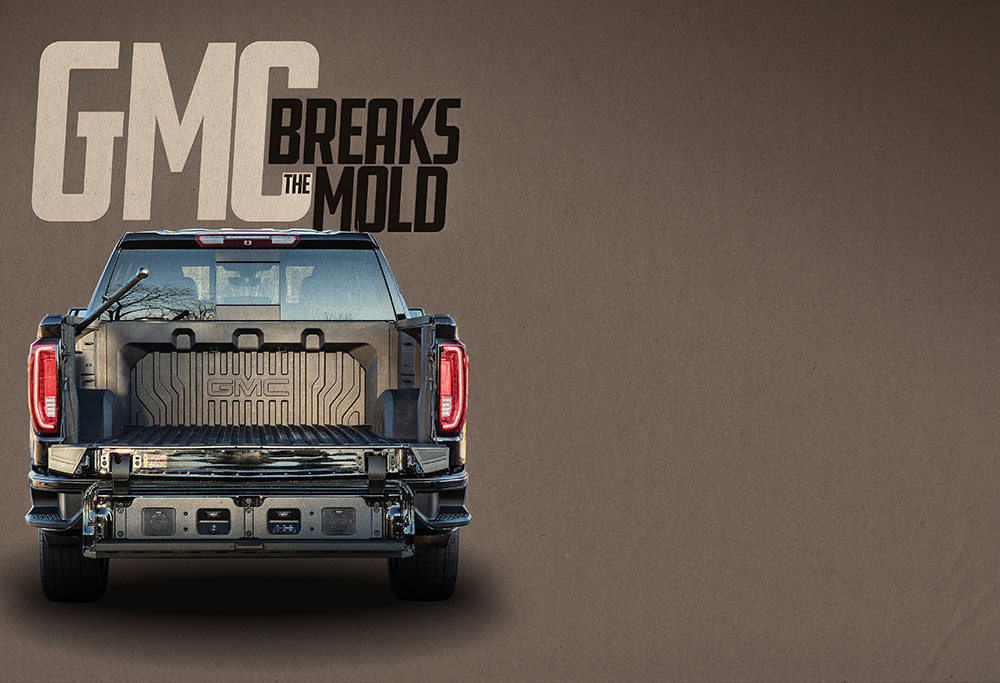
PICKUP TRUCKS ARE ALL ABOUT TRADITION. If you think about it, the same chassis, engine and axle layout that Henry Ford and William Durant laid down in the very first pickup trucks is still in use today with only minor modifications. The same thing is true for truck beds. The first ones were made of wood, but steel soon took over because it’s tough and can take the abuse that we dole out to working trucks. For most of the last 100 years, truck beds didn’t change very much either.

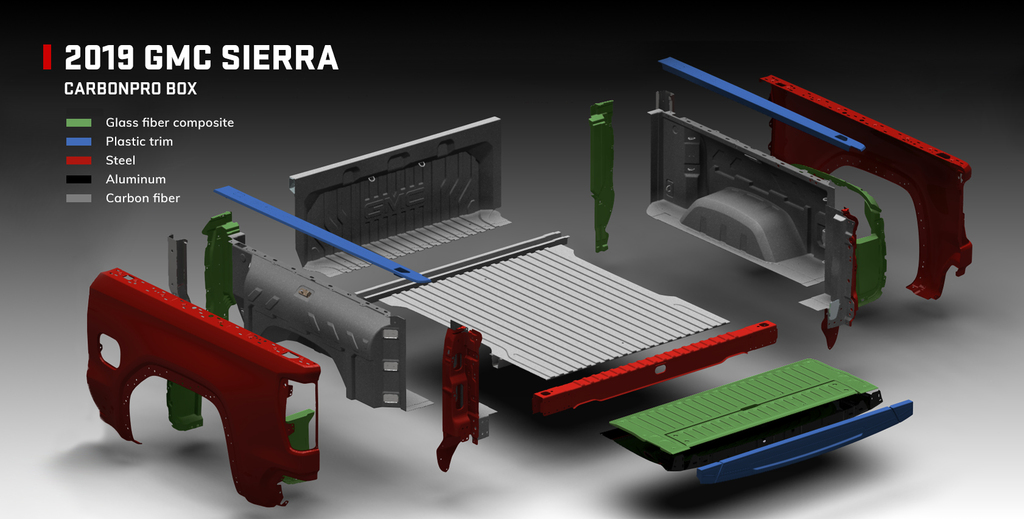
Things started to shift when Honda used a steel-reinforced plastic bed on the Ridgeline back in 2006. Everyone had been using bedliner inserts and spray-in liners for decades to protect the steel, but leaving out the steel panels was new. Then Ford changed the F-150 to an aluminum bed in 2015. That didn’t please everyone, and it still required a liner. But that bed helped the F-150 drop about 750 pounds.
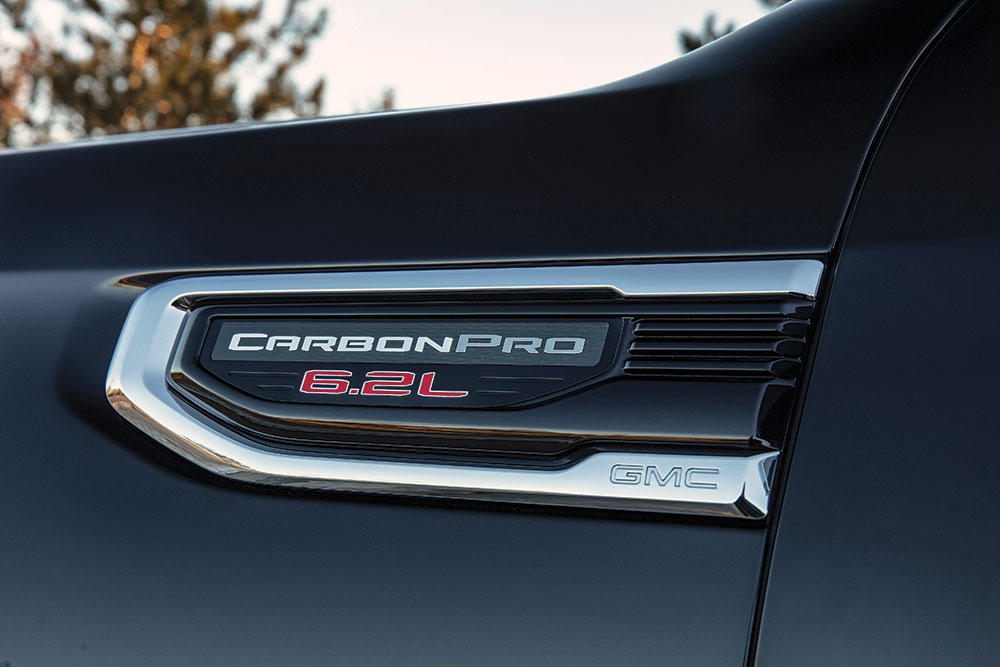
Carbon fiber is dramatically lighter than steel or even aluminum, but at first glance you’d never use it for a truck bed. “A lot of questions that I get are [about how] carbon fibers break,” says Mark Voss, GMC Engineering group manager. “You see race cars hit the wall and they shatter and fly apart.” The kind of carbon fiber composite used to make ultra-lightweight race car parts would make a terrible truck bed. Fortunately, that’s not the only way you can use carbon fiber. “We made a more durable or ductile material, so it’s got much higher toughness,” Voss says. “Basically, about two times the toughness of a traditional composite.” There are two parts to the secret: the fiber and the plastic.

The carbon fiber that you usually see on vehicles is made from a woven cloth. That cloth is usually pre-soaked with a thermosetting plastic fluid, and the material is called “pre-preg” for that reason. You can cut the pre-preg cloth and fit it to a mold. Then you bake it to harden the plastic. It’s beautiful and great for making lightweight pieces, but once it has been baked it’s fragile and difficult to repair. The GMC material is different. This kind of carbon fiber is cut into 1-inch strands, and then randomly distributed in the plastic material. Because the strands overlay each other in a thick, random pattern, this material can withstand impacts better than traditional carbon fiber weave.
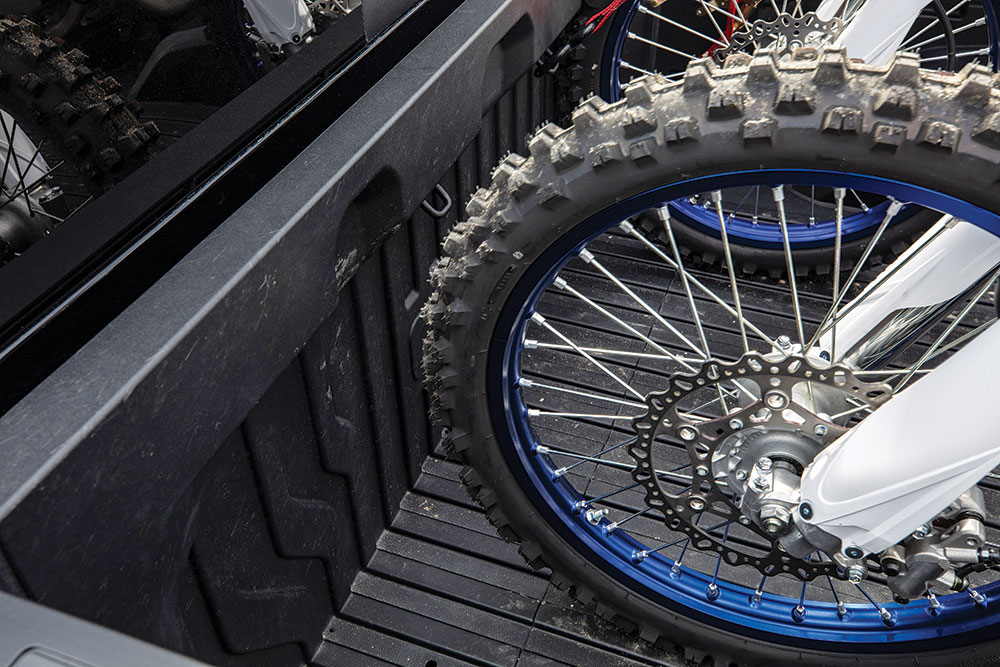
The other thing about GMC’s product is that it’s a thermoplastic polymer. Thermoplastic is easier to work with because it gets soft when it gets hot. To make a part, you heat up the material, stamp it like hot metal, and it hardens as it cools. Once it’s set, the plastic itself is tougher and can flex without breaking.

Also, unlike thermosetting plastics, you can mold thermoplastic composite over and over again.
“Thermoplastic is like a candle,” Voss says. “I can take a candle, melt it down, and I can create a completely new candle out of that old, existing candle. It still functions the same, just in a completely different shape. Our CarbonPro material can actually be reused without losing significant performance.”
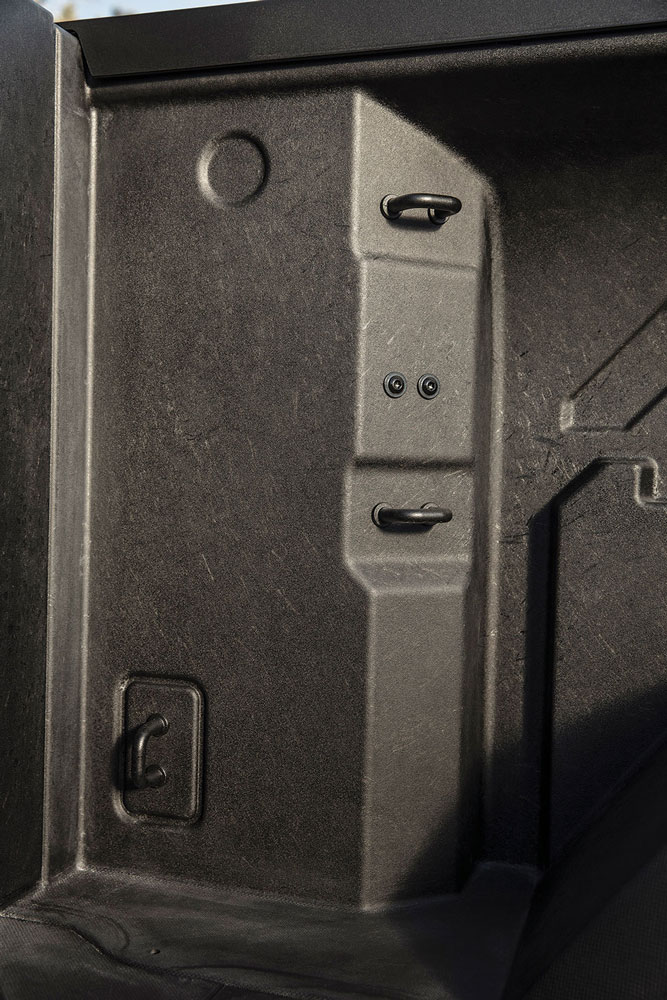

One important thing to know is that the thermoplastic used in the GMC Sierra has to be heated to over 300 degrees Celsius (572 degrees Fahrenheit) to be stamped. Unless you take a welding torch to it, you’re never going to hit that temperature.
Voss and his team have taken the new CarbonPro composite through every kind of abuse they could think of.
“Picture minus 30 degrees,” Voss says. “We want to make sure the guys working up in Alaska on the pipeline would not have any issues. Up to 176 degrees Fahrenheit so the guys in the Arizona desert would have that same performance. We actually put a generator right up against the side panel, ran it till it re-reached steady-state temperature, moved the generator away and hit the panel with hammers. It didn’t do anything to the box whatsoever.”
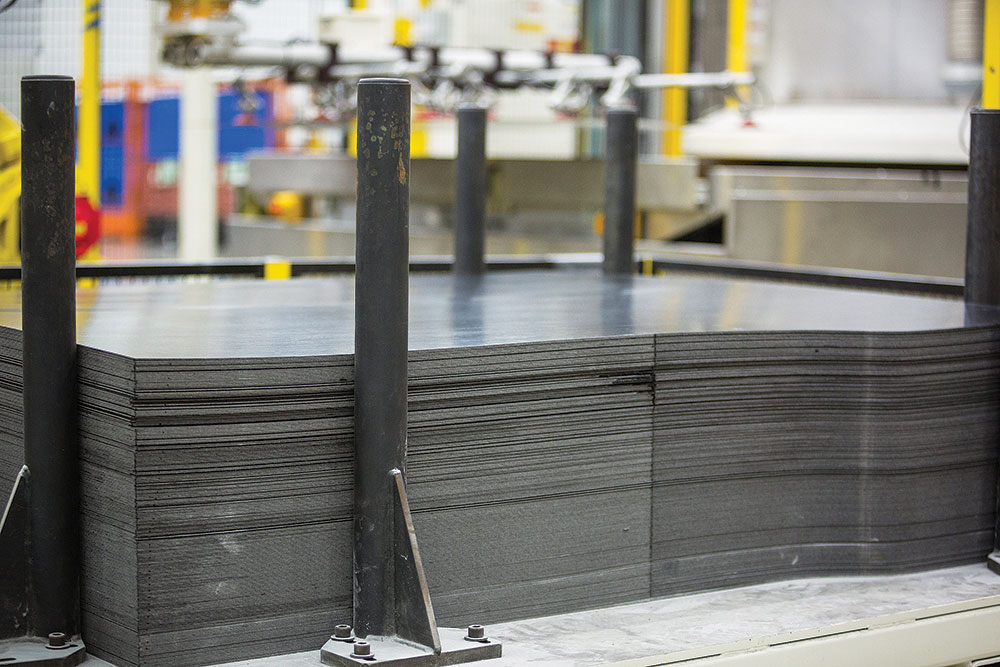
They also dropped stuff in the box. Big stuff like a 55-gallon drum of water. It dented the drum but didn’t leave a mark on the CarbonPro. They hit it, dropped cinder blocks on it and even launched a snowmobile off it.
“We improved the impact performance by six times with the CarbonPro geometry,” Voss says. “Six times more energy can be put into that bed without damage versus the steel box. Dropping stuff like toolboxes off the side of the truck, stuff like that. Six times more robustness for this box.”

Then they turned to GM’s chemistry set to try and melt the plastic.
“We went through 1,200 different chemicals to ensure that all those different applications and usages wouldn’t visually degrade the carbon fiber, and wouldn’t impact the performance structurally,” Voss says. “We went through all those steps to ensure that our customers get a full life out of their vehicle.”
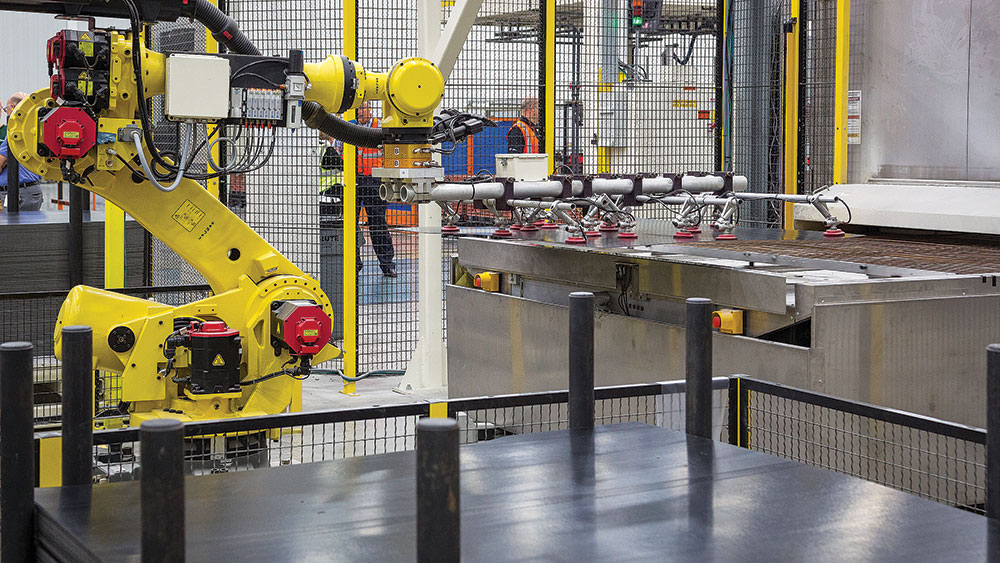
When we toured the GMC factory in Fort Wayne, Indiana, they were making CarbonPro beds for the 2019 GMC Sierra Denali and AT4 CarbonPro editions. Those trucks should hit dealerships this summer. GMC has not announced pricing for the special edition, but the Denali and AT4 aren’t cheap to begin with. GMC said they expect to have more available for 2020.
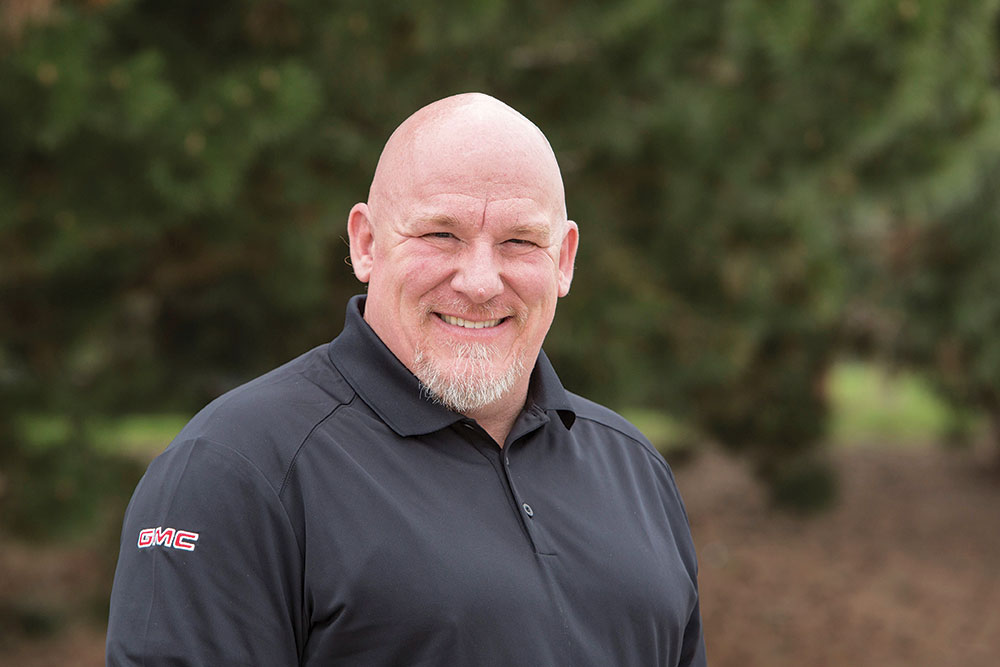
EVERY once in a while, a chance comes along to do one of those small things that is really a big thing.
While GMC was developing their new pickup bed, Tim Connors, the manufacturing chief engineer for the CarbonPro project, passed away suddenly. He was the main driver of this project, so his co-workers arranged to place a tribute to him on every CarbonPro bed they make.
CONNORS WAY will be stamped on the underside of the bed near the spare tire. It’s something that most GMC owners will never notice, but it’s there. GMC management signed off on it for production, so it’ll be there for a long time.
Well done, guys. That’s professional grade.
Share Link